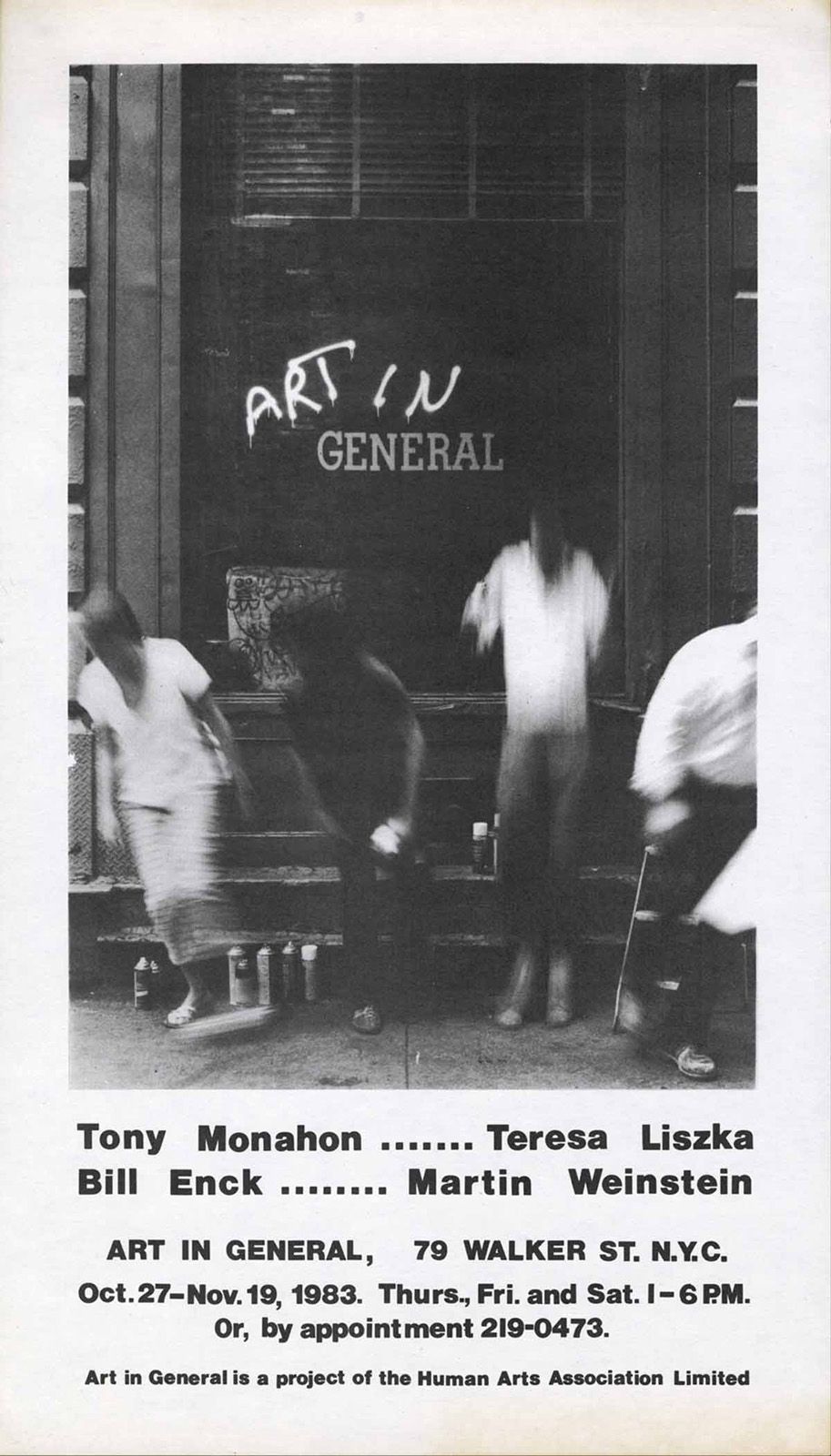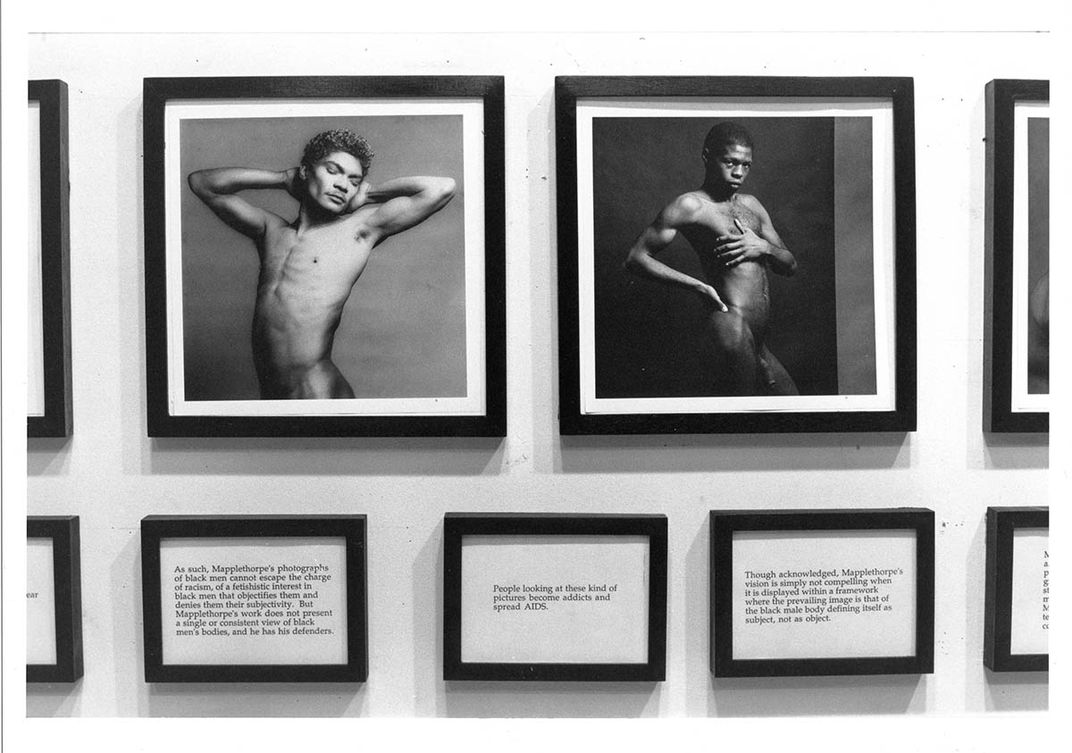New Collections: Art in General Records
The Archives of American Art now holds records documenting the nonprofit space Art in General
:focal(370x240:371x241)/https://tf-cmsv2-smithsonianmag-media.s3.amazonaws.com/filer_public/2d/80/2d802175-4a84-4d9b-9517-109d22f68e2d/fall-2021-proctor-fig-1-for-blog-teaser.jpg)
The records of New York’s venerable nonprofit Art in General were donated to the Archives by executive director Irene Mei Zhi Shum in 2020. Comprising more than one hundred linear feet, the substantial collection documents Art in General’s activities from its founding in 1981 by artists Teresa Liska and Martin Weinstein to its abrupt closure due to the financial pressures of the COVID-19 pandemic.

Appropriately, the bulk of the collection consists of exhibition records, including paper files as well as extensive photographic and audiovisual documentation. A trove of early promotional materials from 1982–83 conveys a scrappy, do-it-yourself attitude in keeping with the times. With their blurred figures and the words “Art in” spray-painted directly onto storefront windows adorned with the word “General” (the existing signage of the General Hardware Manufacturing Company, which provided rent-free space on the top floor of its Lower Manhattan building), these images telegraph a youthful, iconoclastic reaction to the perceived elitism and insularity of the commercial gallery system. The announcement for its third exhibition, in October 1983, describes “the commitment of Tribeca’s youngest alternative art space to presenting the achievements of artists whose work is chosen more for its freshness and excitement than its representation of trends in the current art scene.”

The exhibition files from 1991 offer a snapshot of the institution’s increasingly ambitious programming after a decade in existence and three years into Holly Block’s eighteen-year tenure as Art in General’s first executive director. (Block, whose identity as one of the Guerrilla Girls was revealed after her death in 2017, was an early champion of many artists—especially women and artists of color—who would later achieve widespread acclaim.) A press release dated February 22 announces, among other things, the installation of William Pope.L’s “live sound piece” Looking for Aunt Jenny in the building’s elevator shaft, part of a campaign in which seemingly every inch of available space was taken over for showing art. The next release, dated May 10, announces the opening of the group show Positions of Authority. This exhibition marked the first public presentation of Glenn Ligon’s groundbreaking photo-textual installation Notes on the Margin of the Black Book (1991–93). Today, we are most familiar with this work’s expansive final form, which includes 91 photographs and 78 pages of text. However, the checklist and loan paperwork included in the Positions of Authority exhibition files reveal a more compact iteration of just 38 photographs and 52 text pages. In a reflection on the organization’s legacy published on its website in 2020, Ligon recalled, “Art in General was a laboratory: a place for experimentation, discussion, and reflection. It was far enough off the beaten track that you could do what you wanted to do without compromise, but it was enough on ‘the scene’ that art critics, museum curators, and gallery owners went there to find out what young artists were thinking about and making.” Ligon was far from the only young artist to test out new ideas at Art in General, and while perhaps exemplary, 1991 is hardly unusual in this regard. The vast amount of information preserved in the collection will provide future researchers with countless points of entry.
This text originally appeared in the Fall 2021 issue (vol. 60, no. 2) of the Archives of American Art Journal.
